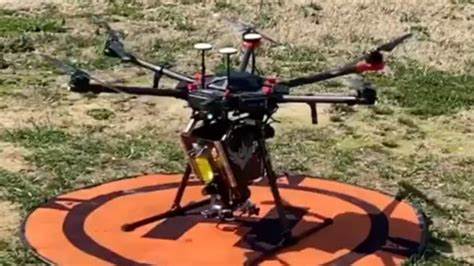
In a recent strategic development aimed at bolstering maritime capabilities against the rising naval presence of adversaries such as China, the U.S. Navy has surged ahead with its “Replicator” initiative.

This unprecedented move to rapidly integrate small uncrewed surface vessels (sUSVs) into the fleet comes amid concerns over maintaining maritime dominance, especially in the vast Indo-Pacific region.
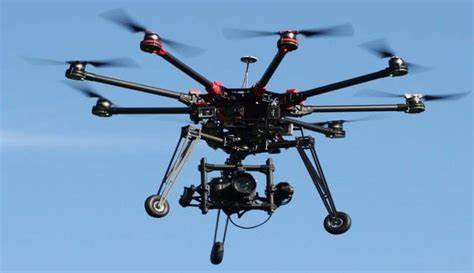
The Department of Defense (DoD) marked an “execution milestone” on May 6th with the selection of AeroVironment’s Switchblade-600, a loitering uncrewed aerial system (UAS) munition, as a component of a wider strategy involving USVs, UAS, and counter-uncrewed aerial systems (c-UAS).

This first step in the initiative, debuted by U.S. Deputy Defense Secretary Kathleen Hicks, underscores the urgency to fast-track sUSV acquisitions.
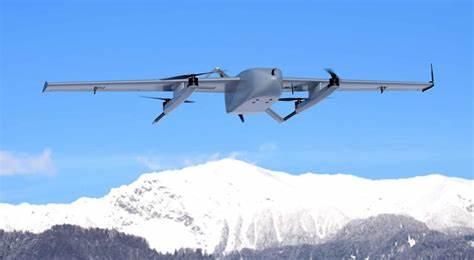
With the overarching goal to produce and integrate thousands of all-domain attritable autonomous (ADA2) systems by as early as February 2025, the Replicator initiative operates under an ambitious timeline.

The Pentagon’s announcement coincides with the Department of the Navy’s request for over $230 million to procure sUSV platforms, though the exact funding allocation for these systems under the DoD FY25 budget request remains unspecified.

The Production-Ready, Inexpensive, Maritime Expeditionary (PRIME) effort, facilitated by the Defense Innovation Unit (DIU) in January, called for the development of autonomous sUSVs capable of sustained operations in potentially GPS-denied environments. In response, over one hundred companies have expressed their support, with contracts expected to be awarded in the upcoming summer.

One of the potential contractors, Austin-based startup Saronic, showcased its Spyglass and Cutlass sUSVs at the Navy’s Integrated Battle Problem (IBP) 24.1 off the California coast in March. Demonstrating impressive interoperability, Saronic and Anduril’s ALTIUS loitering munition completed networked intelligence, surveillance, and reconnaissance (ISR) operations, leveraging Anduril’s lattice software for command and control.
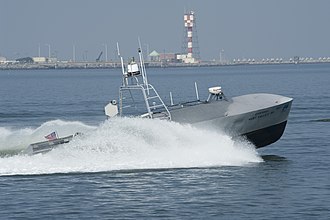
This shift away from conventional naval shipbuilding practices is set to transform the nature of maritime power. Instead of the lengthy and costly process of building a handful of warships, the Navy is preparing to mass-produce USVs at an accelerated rate to achieve strategic mass and operational flexibility.
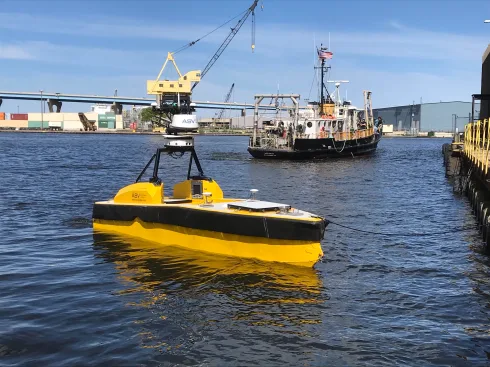
Officials have stressed the importance of not only acquiring but also sustaining and integrating these novel platforms into military operations at scale. Senator Lisa Murkowski highlighted the need for a robust transition plan during a Senate Appropriations Subcommittee on Defense hearing.

Undersecretary of Defense for Acquisition and Sustainment William LaPlante concurred, emphasizing the services’ lead role in fielding and integrating these capabilities at scale, which extends beyond technology to include doctrine, training, and operational aspects.

The initiative is also garnering praise from military service leaders, such as Doug Bush, the Army’s acquisition chief, who lauded the Replicator’s potential to expedite the Army’s new LASSO program with more Switchblade 600 drones.
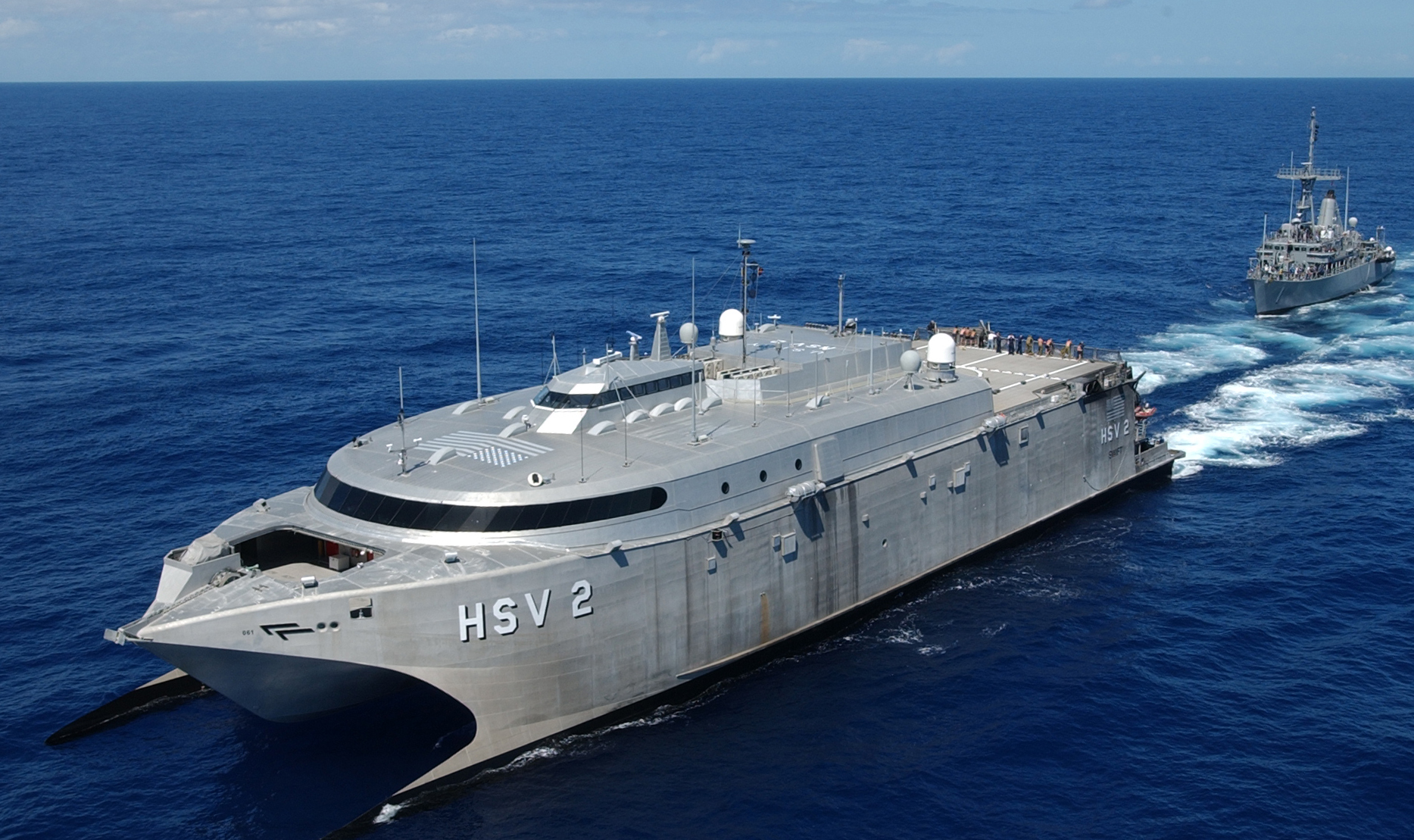
Pacific Ocean (July 10, 2004) – The High Speed Vessel (HSV) 2 Swift prepares to conduct a replenishment at sea (RAS) with the mine warfare ship USS Avenger (MCM 1) during exercise Rim of the Pacific (RIMPAC) 2004. Swift is a wave-piercing aluminum-hulled catamaran that can move at speeds greater than 45 knots. With a draft allowing it to navigate in only 12 feet of water it can easily maneuver in and out of littoral environments. RIMPAC is the largest international maritime exercise in the waters around the Hawaiian Islands. This yearÕs exercise includes seven participating nations; Australia, Canada, Chile, Japan, South Korea, United Kingdom and United States. RIMPAC is intended to enhance the tactical proficiency of participating units in a wide array of combined operations at sea, while enhancing stability in the Pacific Rim region. U.S. Navy photo by Photographer’s Mate 1st Class Michelle R. Hammond (RELEASED) For more information go to: http://www.cpf.navy.mil/RIMPAC2004/
Meanwhile, Nickolas Guertin, the Department of the Navy’s acquisition chief, emphasized the critical partnership with OSD to field these capabilities at scale and ensure their sustainability and support. The Navy, through its collaboration with DIU and Replicator, is advancing the development of various unmanned surface vessels and counter-drone technologies like Anduril’s Wide-Area Infrared System for Persistent Surveillance (WISP).
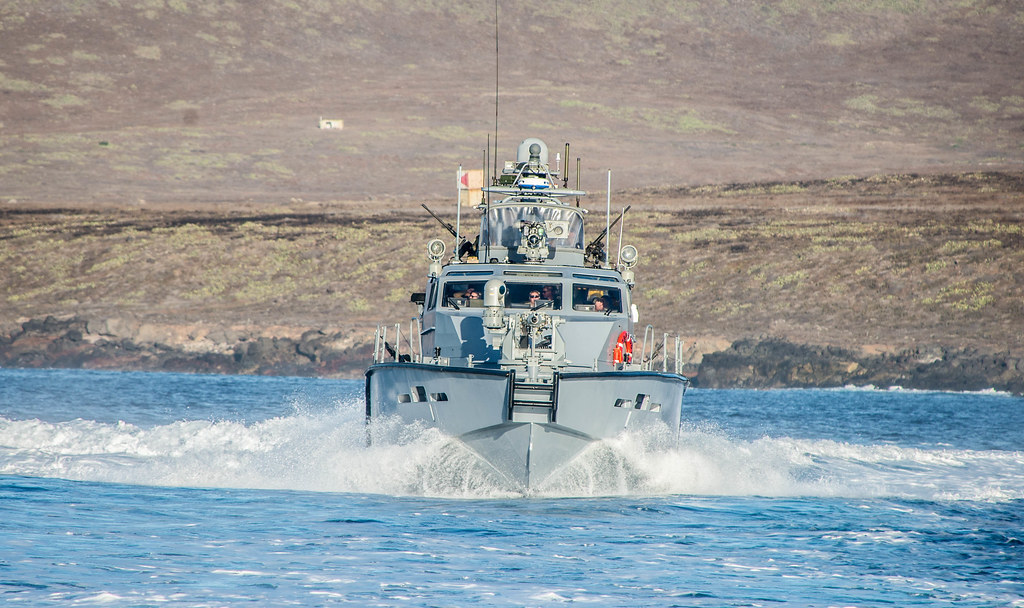
As tranche one progresses, the Pentagon acknowledges the work ahead, focusing on refining concepts of operation and employment, as well as accelerating experimentation timelines. This is pivotal in testing and demonstrating the mass effects aimed at reinforcing the U.S. military’s maritime prowess.
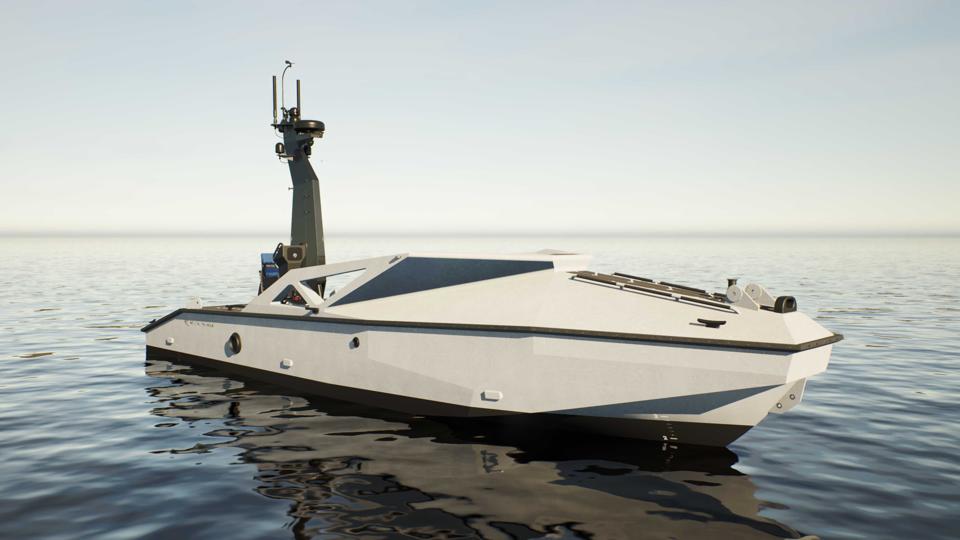
Through the Replicator initiative, the Navy is charting a course toward an advanced fleet of sUSVs that promises to disrupt traditional naval operations and fortify the United States’ position in contested maritime spaces.
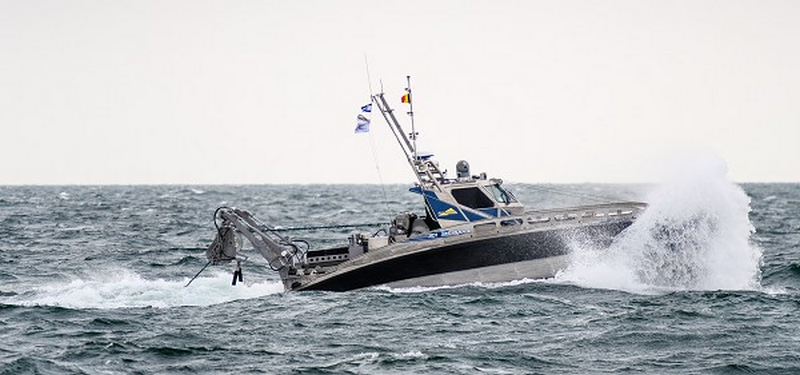
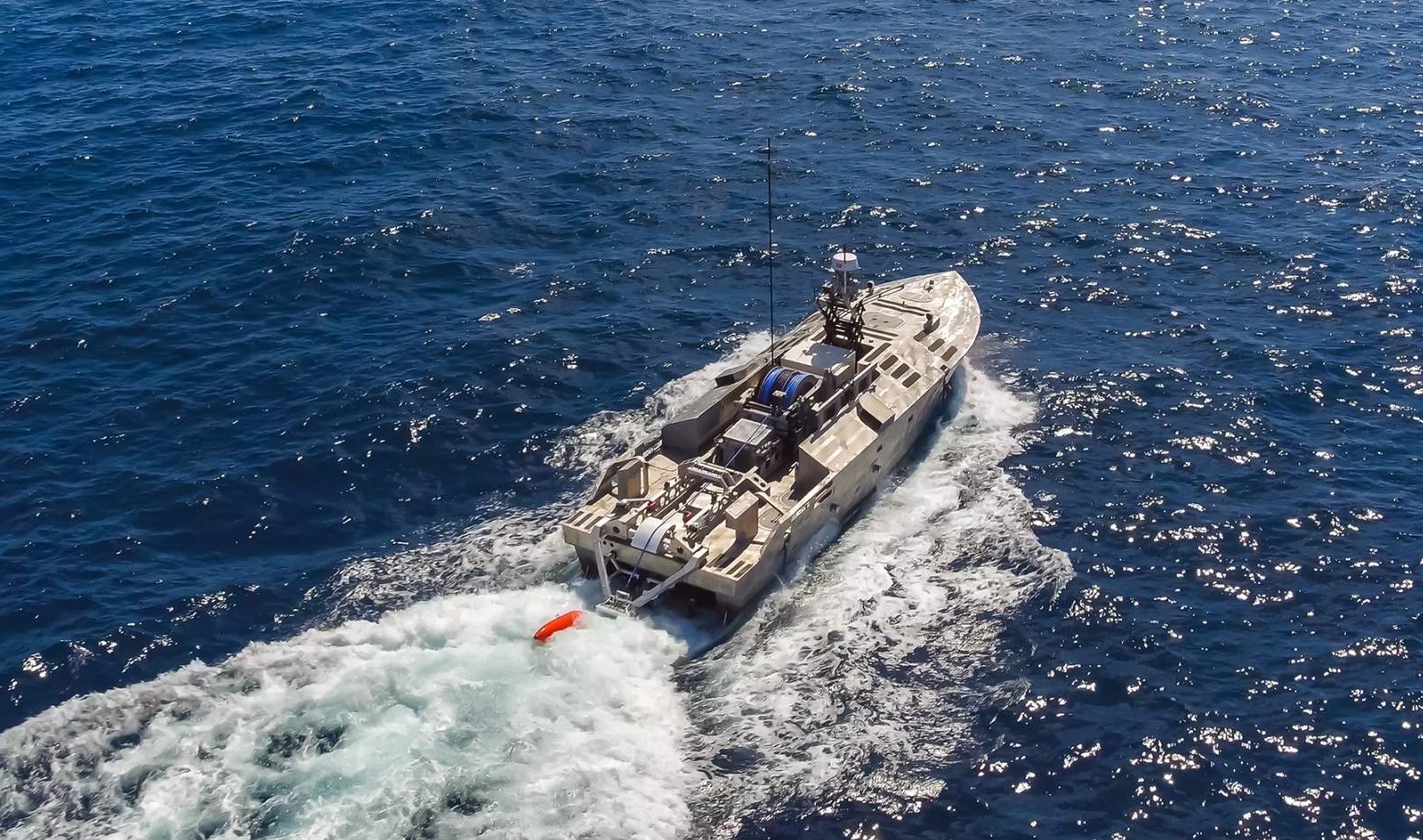
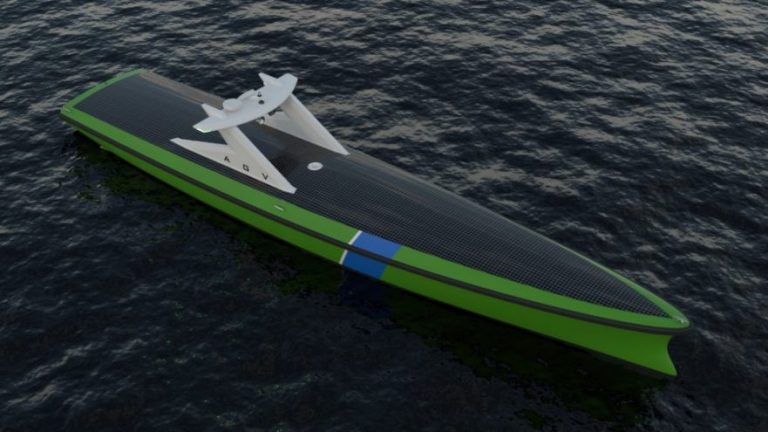
Relevant articles:
– Tomorrow’s Seascape: DoD’s Replicator sUSV Element Begins to Take Shape, Defense Security Monitor
– Military services face sustainment burdens from Replicator systems, DefenseScoop
